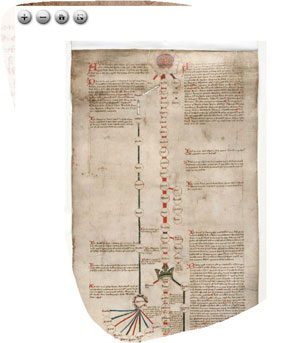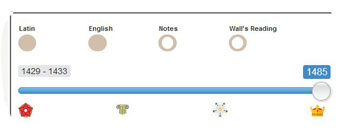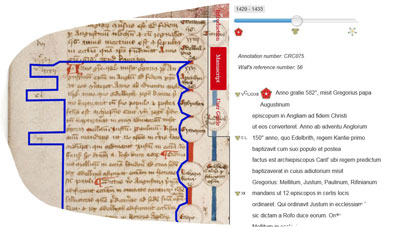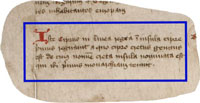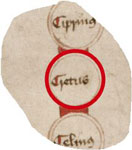Improving Accessibility
The most obvious reason for digitizing any manuscript is to allow for greater access to it. This is particularly valuable for manuscripts held in comparatively remote locations, such as the Canterbury Roll.
A key advantage of a digital edition is that it offers an accessible, open scholarly resource that promotes collaboration and ongoing peer review. It can be updated in response to feedback or changing requirements. Unlike a print edition, digital texts, such as the one provided via this platform, can be made available free-to-access to anyone with an internet connection.

